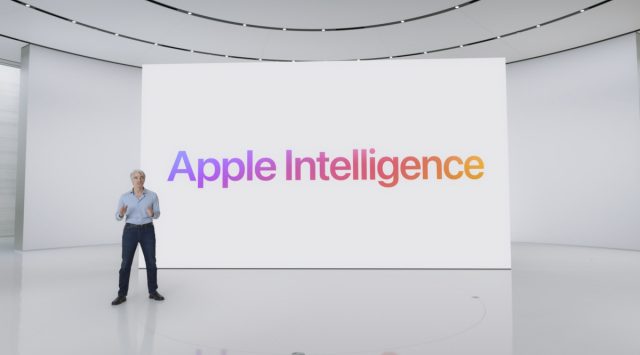Introduction to Deep Cogito’s Latest Achievement
Deep Cogito, a San Francisco-based company, has made a significant breakthrough in the field of artificial intelligence by releasing several open large language models (LLMs) that outperform their competitors. The company’s mission is to build general superintelligence, and their latest release is a step towards achieving this goal.
What are Large Language Models?
Large language models are a type of artificial intelligence designed to process and understand human language. They are trained on vast amounts of text data, which enables them to generate human-like responses to a wide range of questions and topics. Deep Cogito’s LLMs are available in various sizes, including 3B, 8B, 14B, 32B, and 70B parameters.
Iterated Distillation and Amplification (IDA)
The key to Deep Cogito’s success lies in their novel training methodology called Iterated Distillation and Amplification (IDA). IDA is a scalable and efficient alignment strategy for general superintelligence that uses iterative self-improvement to overcome the limitations of current LLM training paradigms. The IDA process involves two main steps:
- Amplification: Using more computation to enable the model to derive better solutions or capabilities.
- Distillation: Internalizing these amplified capabilities back into the model’s parameters.
Capabilities and Performance of Deep Cogito Models
The newly released Cogito models are optimized for coding, function calling, and agentic use cases. They have dual functionality, allowing them to answer directly or self-reflect before answering. The models have shown significant performance gains over their counterparts, particularly in reasoning mode. Benchmark results demonstrate the superiority of Deep Cogito’s models across various sizes and benchmarks.
Benchmark Comparison
A comparison of 14B models shows that Deep Cogito’s models outperform their competitors, including Alibaba Qwen and DeepSeek R1. The Cogito 70B model achieves 91.73% on MMLU in standard mode, surpassing Llama 3.3 70B by 6.40%. In thinking mode, the Cogito 70B model achieves 91.00%, outperforming DeepSeek R1 Distill 70B by 4.40%.
Future Plans
Deep Cogito plans to release improved checkpoints for the current sizes and introduce larger MoE models (109B, 400B, 671B) in the coming weeks and months. All future models will be open-source, allowing the community to access and build upon their work.
Conclusion
Deep Cogito’s release of open large language models marks a significant step towards achieving general superintelligence. Their novel IDA training methodology has enabled them to create models that outperform their competitors, and their commitment to open-sourcing their work will likely accelerate progress in the field.
FAQs
- What is Deep Cogito’s mission?
Deep Cogito’s mission is to build general superintelligence. - What is Iterated Distillation and Amplification (IDA)?
IDA is a scalable and efficient alignment strategy for general superintelligence that uses iterative self-improvement. - What are the capabilities of Deep Cogito’s models?
The models are optimized for coding, function calling, and agentic use cases, and have dual functionality. - What are the plans for future releases?
Deep Cogito plans to release improved checkpoints and introduce larger MoE models in the coming weeks and months, with all future models being open-source.











